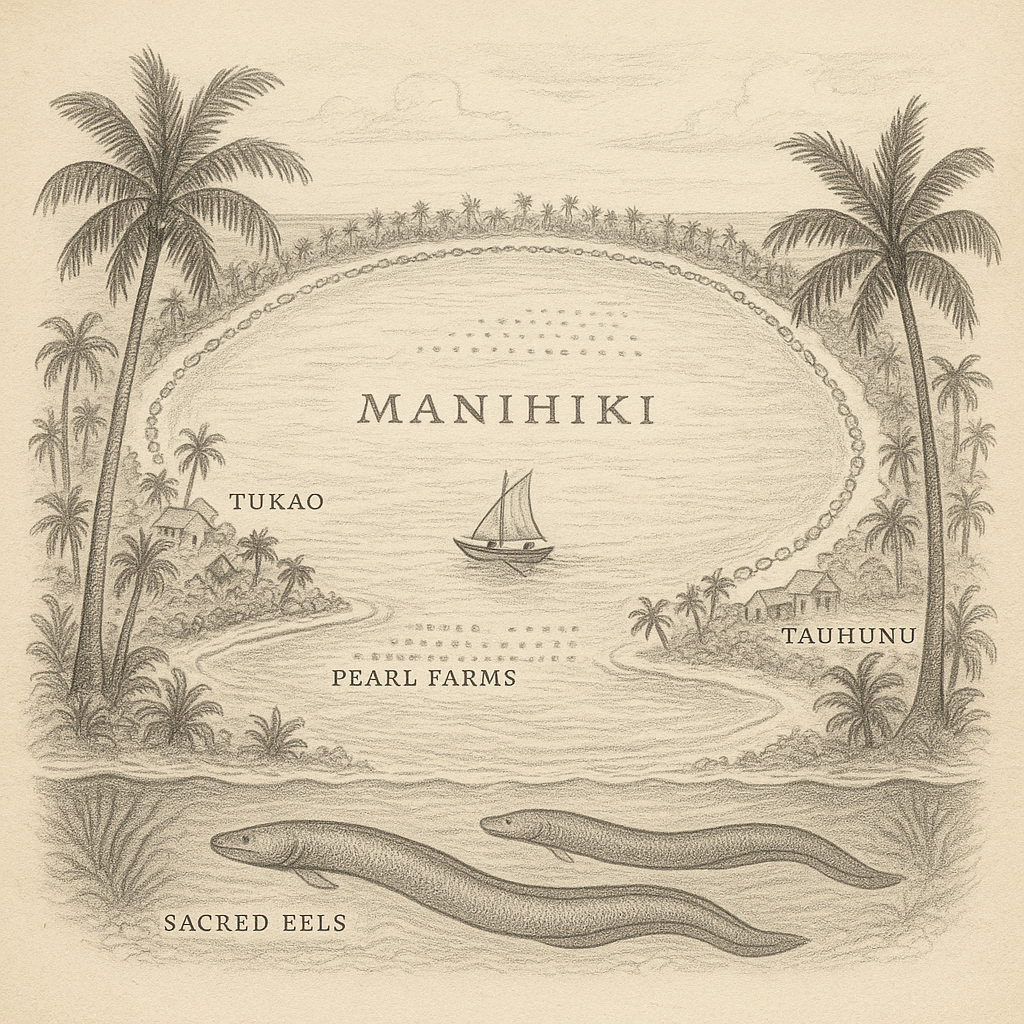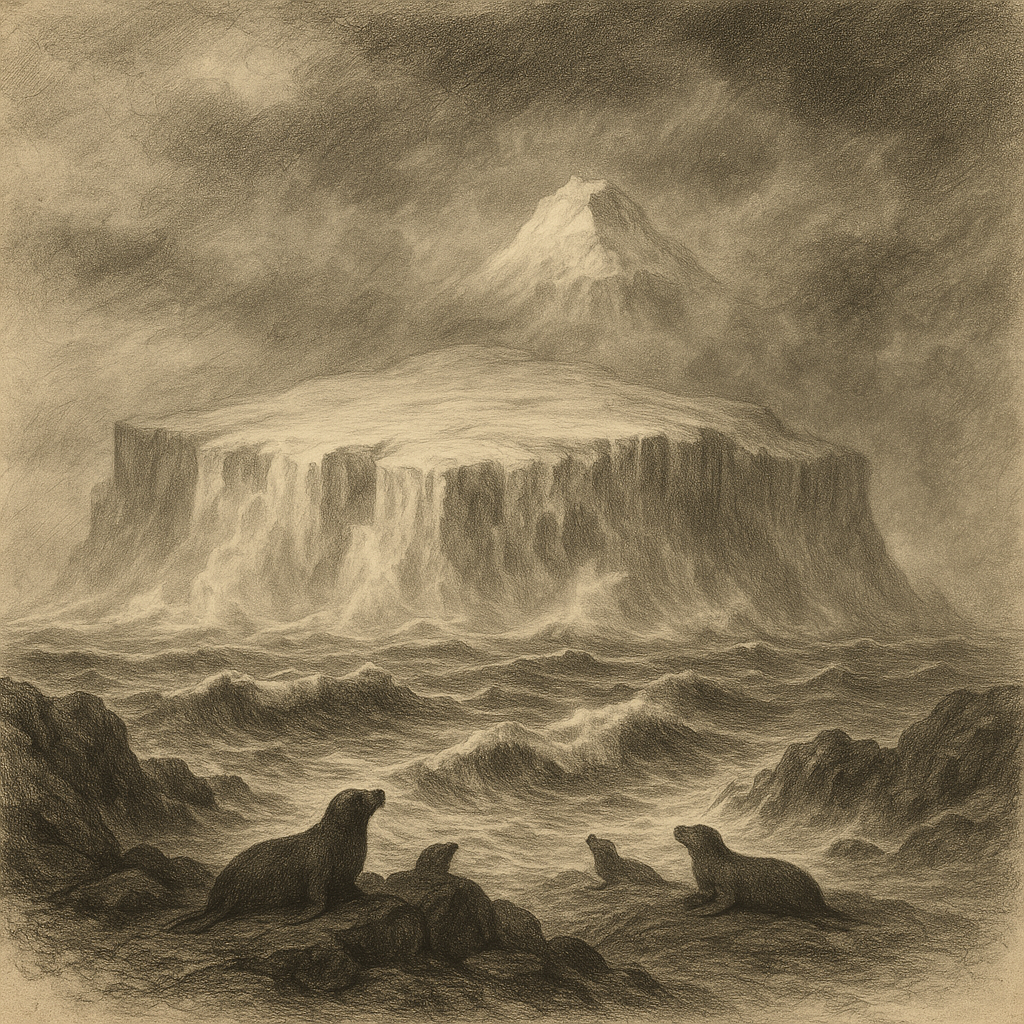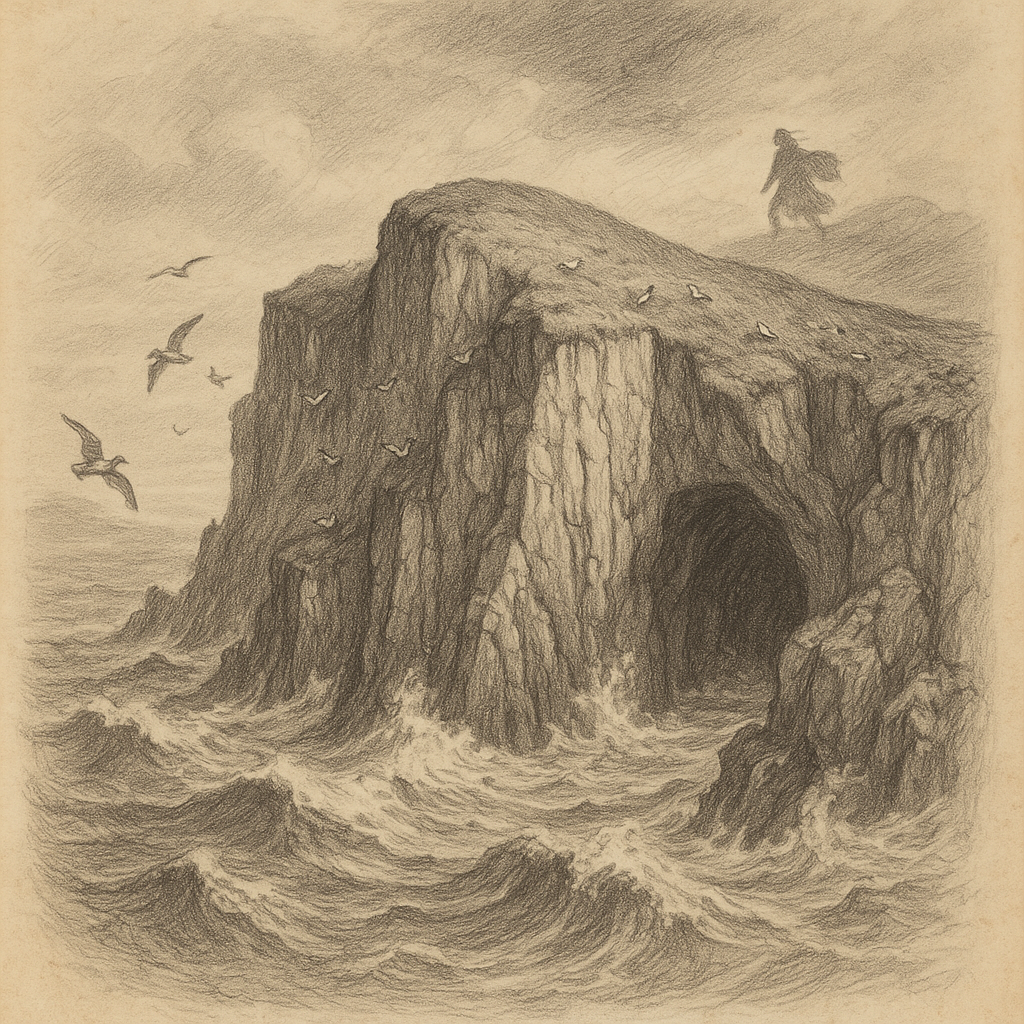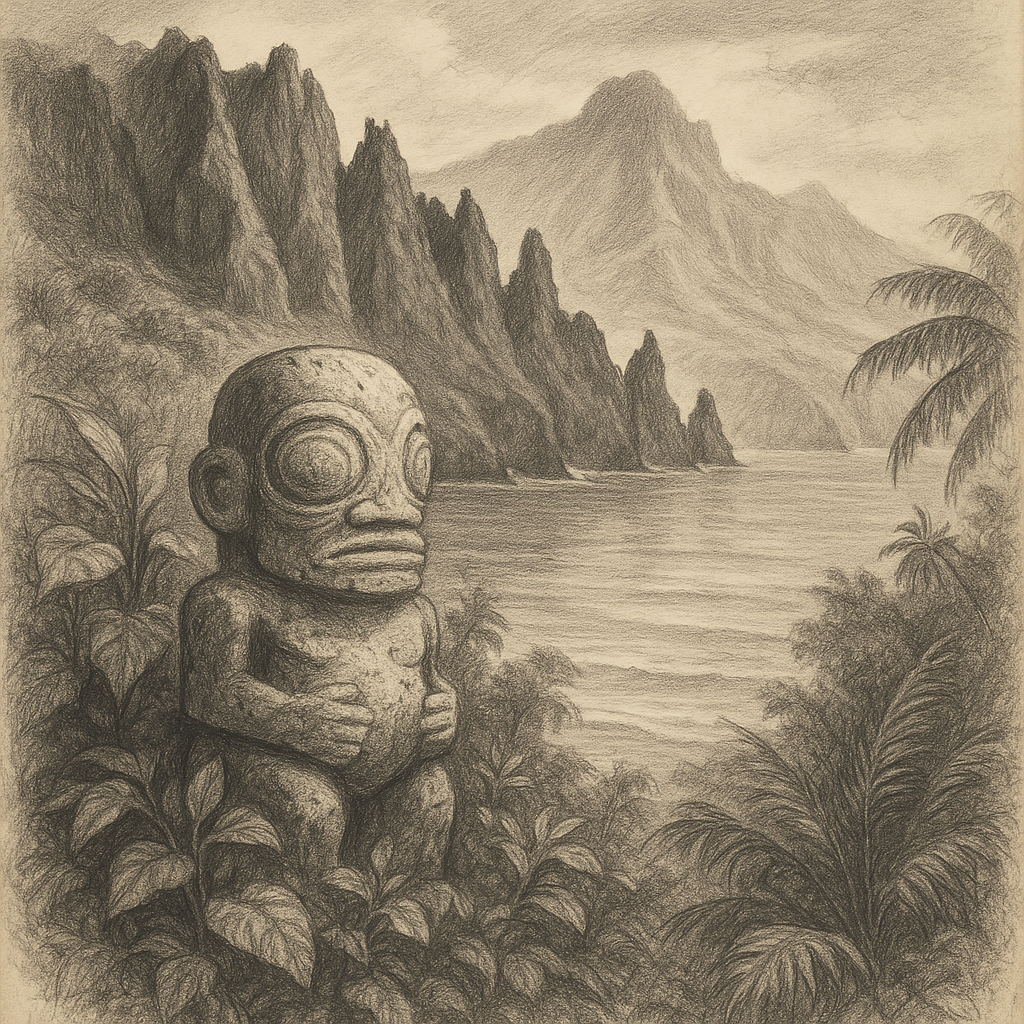Introduction to Manihiki Island
Manihiki Island, often referred to as the “Island of Pearls,” is a remote atoll located in the northern Cook Islands, deep in the South Pacific Ocean. Known for its black pearl cultivation and crystalline turquoise lagoon, the island offers a rare glimpse into a secluded way of life that remains largely untouched by modern development. This coral atoll is a place where ancient Polynesian traditions meet striking natural beauty, encircled by a protective reef system that shields its secluded interior from the vast Pacific swells.
Geographic Location and Structure
Manihiki lies approximately 1,200 kilometers north of Rarotonga, the capital of the Cook Islands, and sits just south of the equator. The atoll is part of the Northern Group of islands and consists of 43 small islets or “motu” surrounding a central lagoon. The land area of the atoll spans roughly 5.4 square kilometers, while the lagoon itself covers approximately 9 square kilometers.
Structurally, Manihiki is a classic atoll formation — a ring of coral islands surrounding a sunken volcanic crater. Its low-lying motus are lush with coconut palms and other tropical vegetation, though the natural landscape is limited due to size and elevation. The reef-fringed lagoon is accessible through several passes, though navigation remains treacherous for large vessels due to coral heads and shallow water.
Formation and Geological Significance
Manihiki was formed from volcanic activity millions of years ago. Over time, the volcanic peak subsided beneath the ocean’s surface, and coral organisms gradually built up the reef system that eventually created the atoll. This type of formation is typical of oceanic atolls in the Pacific, where subsidence and coral growth combine to form lagoon-ringed islands.
Interestingly, Manihiki lies near the Manihiki Plateau, a vast underwater geological feature believed to be the remnants of a sunken superplateau. This reinforces the island’s ancient volcanic origins and situates it within a broader tectonic and geological context, making it of interest not only to biologists and climatologists but also to geologists studying plate tectonics and marine geology.
Climate and Biodiversity
Manihiki enjoys a tropical climate, with warm temperatures year-round averaging around 27°C (80°F). The island experiences a wet season from November to April, with increased humidity and rainfall, and a drier, cooler season from May to October. Cyclones occasionally affect the region during the wet season, which poses challenges to both the local population and the fragile environment.
Despite its small landmass, Manihiki hosts a range of tropical flora and marine fauna. Coconut palms dominate the landscape, while the lagoon serves as a vital habitat for a variety of marine life, including reef sharks, parrotfish, clams, and sea cucumbers. The atoll’s ecosystem is closely intertwined with the lives of its inhabitants, especially in the context of the island’s main industry: pearl farming.
Population and Way of Life
The two main villages on the atoll are Tukao and Tauhunu, located on opposite ends of the lagoon. These settlements are home to a small population of around 200 people, many of whom are involved in the cultivation and exportation of black pearls, Manihiki’s principal economic activity. The pearls are grown over several years on oyster beds suspended throughout the lagoon, requiring skill, patience, and detailed environmental monitoring.
Life on Manihiki is simple and deeply communal. With limited infrastructure and access to modern conveniences, residents rely heavily on fishing, local agriculture, and communal cooperation. Schools, churches, and small clinics are present, and regular air service connects Manihiki with Rarotonga, though flights may be canceled or delayed due to weather or operational constraints.
Unique Features and Interesting Facts
Manihiki is globally renowned for its black pearls, which are among the most prized in the world due to their deep luster and variety of colors, ranging from greenish hues to rich purples. These pearls are not naturally occurring but are nurtured carefully within the lagoon’s pristine waters. The expertise in pearl farming has been passed down through generations, making it both a cultural and economic cornerstone of the island.
Another intriguing feature is the island’s time zone — being one of the last places on Earth to see the sunset due to its proximity to the International Date Line. For this reason, Manihiki and other nearby islands are sometimes referred to as places “where the day ends,” a poetic if somewhat romanticized description that adds to the island’s mystique.
Legends and Local Lore
Traditional Polynesian mythology is deeply embedded in the cultural fabric of Manihiki. One of the island’s best-known legends tells of Ru, the ancestral explorer who is said to have first discovered and settled Manihiki after traveling from the mythical island of Avaiki. According to oral tradition, Ru is also credited with naming the island and initiating the navigation traditions that allowed for the spread of Polynesians across the vast Pacific.
Another enduring legend speaks of two sacred eels that inhabit the lagoon, guarding the spirits of the ancestors. Locals tell stories of these guardian creatures aiding fishermen in times of need or warning villagers of impending storms. Though mythical, these stories influence local customs and are a testament to the strong spiritual connection between the Manihikians and their land and sea.
Access and Sustainability
Access to Manihiki is limited and requires careful planning. The island can be reached by infrequent flights from Rarotonga, operated by small aircraft, as well as occasional submarine cable vessels or supply ships. Due to its isolation, preserving the delicate balance between human activity and environmental health is a pressing concern.
Efforts are ongoing to ensure sustainable pearl farming practices, prevent overfishing, and reduce waste. Climate change poses a serious threat to Manihiki, with rising sea levels and cyclone intensity endangering both infrastructure and the atoll’s ecosystem. Local and international initiatives focus on education, marine conservation, and disaster preparedness to secure the island’s future.
Conclusion
Manihiki Island stands as a testament to the resilience of remote communities and the beauty of untouched Pacific atolls. Its rich cultural heritage, thriving black pearl industry, and spiritual narratives make it a fascinating subject for both visitors and scholars. Though remote, its significance — both culturally and environmentally — highlights the importance of preserving such unique places in an ever-globalizing world.



